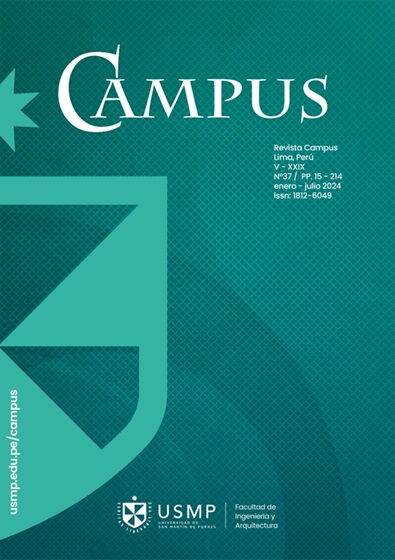ACUTE AND CHRONIC EFFECT OF HEAVY METALS ON ANUROS (AMPHIBIA)
Keywords:
absorption, anthropogenic activities, bioaccumulation, toxicityAbstract
The negative effects of human activities on biodiversity highlight the vulnerability of amphibians, positioning them as the most affected group of vertebrates globally, constituting approximately 41% of all species. Therefore, the objective of this research is to describe the effects of exposure to heavy metals in anurans, analyzing impacts on various organs, both in terms of acute and chronic effects. A search for information was conducted in databases such as Scopus, ScienceDirect, ResearchGate, Research4life, Scielo, CABI, Springer, Wiley, ProQuest, PubMed, Redalyc, and Google Scholar. The PRISMA approach was employed for the analysis and selection of information, resulting in the selection of 56 articles for the present systematic review. Most analyzed articles focused on the larval evaluation of anurans, highlighting cadmium as a recurring metal due to its natural presence. Additionally, the emphasis was on assessing sublethal effects in anurans, exploring the impacts of heavy metals on various organs. The results revealed that the majority of the analyzed articles focused on the assessment of anurans during their larval stage. Additionally, it was observed that cadmium was the most recurrent metal in the research. Furthermore, it was determined that most articles concentrate on evaluating sublethal effects in anurans.
Downloads
Downloads
Published
Issue
Section
License
Copyright (c) 2024 Jose Iannacone

This work is licensed under a Creative Commons Attribution 4.0 International License.






